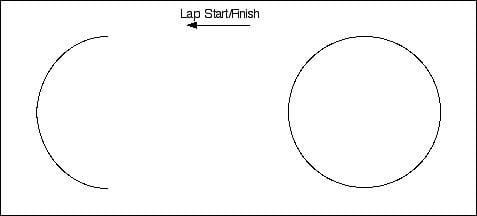In recent years, there has been a focus on the calorie burn after training. Colloquially referred to as the “afterburn effect” and more technically as EPOC (Excess Post-Exercise Oxygen Consumption), a number of popular training approaches have been advocated to try to leverage it for fat loss. But there is a long held issue regarding the absolute magnitude of EPOC and how much of a contribution it actually makes. I want to address this issue by examining the following paper.
Background on EPOC
As stated above, EPOC stands for the Excess Post-Exercise Oxygen Consumption and this represents the calories burned after a workout has been completed. For years EPOC was thought to be related to the “oxygen debt” from exercise, essentially the difference in how much oxygen was needed during exercise and how much was available. … Keep Reading
